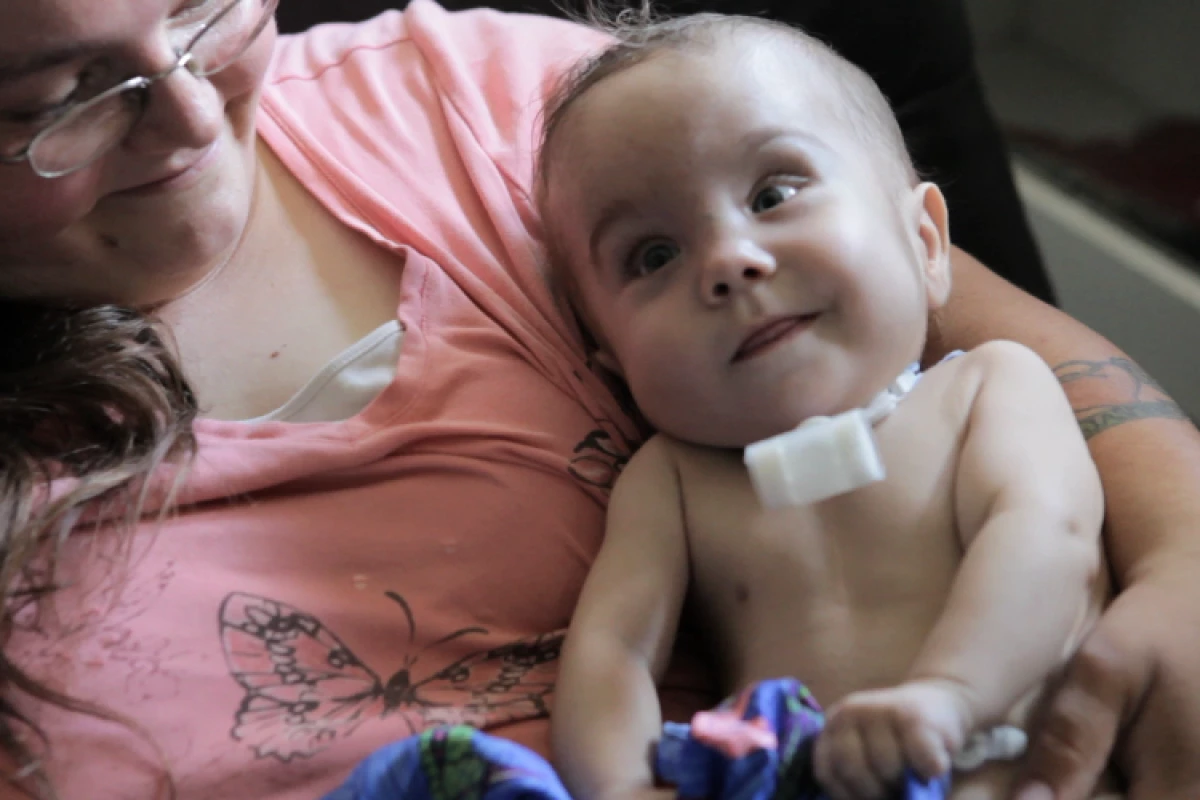Six week-old Kaiba Gionfriddo was out at a restaurant with his family, when he stopped breathing and started turning blue. It turned out that he had a severe form of tracheobronchomalacia, a rare condition in which the trachea collapses due to flaccid supporting cartilage. Although he survived that incident, he proceeded to stop breathing on a regular basis, requiring daily resuscitation. Given the seriousness of the situation, his doctors decided to go for broke and try something new – an implanted 3D-printed tracheal support splint.
The device was already under development by University of Michigan associate professor of pediatric otolaryngology Dr. Glenn Green, and professor of biomedical engineering and mechanical engineering Dr. Scott Hollister. It had never been tried in a human before, so they had to obtain emergency clearance from the US Food and Drug Administration in order to use it on Kaiba.
To make the implant, they first obtained a CT scan of Kaiba’s trachea/broncus, then created a computer model of the splint based on that. They then used a laser-based 3D printer to convert that digital model into a physical object, made from a biopolymer known as polycaprolactone.

In a surgical procedure on February 9th of last year, the ridged tube-shaped splint was sewn around Kaiba’s airway. This opened up his bronchus immediately, plus it also now serves as a skeleton to guide the proper growth of more rigid cartilage as he matures. Most babies with tracheobronchomalacia grow out of the condition as their trachea develops over two to three years, which is about the same amount of time that it should take the biocompatible polymer to be dissolved into his body.
Twenty-one days after the procedure was complete, Kaiba was taken off of ventilator support. He hasn’t had any breathing problems since, and is now 20 months old.
“Severe tracheobronchomalacia has been a condition that has bothered me for years,” said Green. “I’ve seen children die from it. To see this device work, it’s a major accomplishment and offers hope for these children.”
A paper on the case was published today in the New England Journal of Medicine. More information is available in the video below.
Source: University of Michigan






